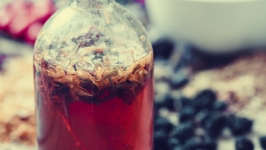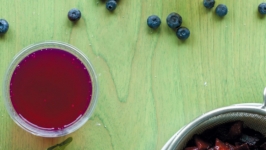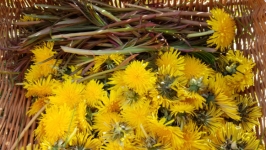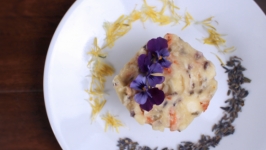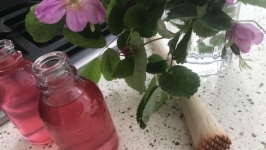Pretty tasty: A guide to Alaska's edible flowers
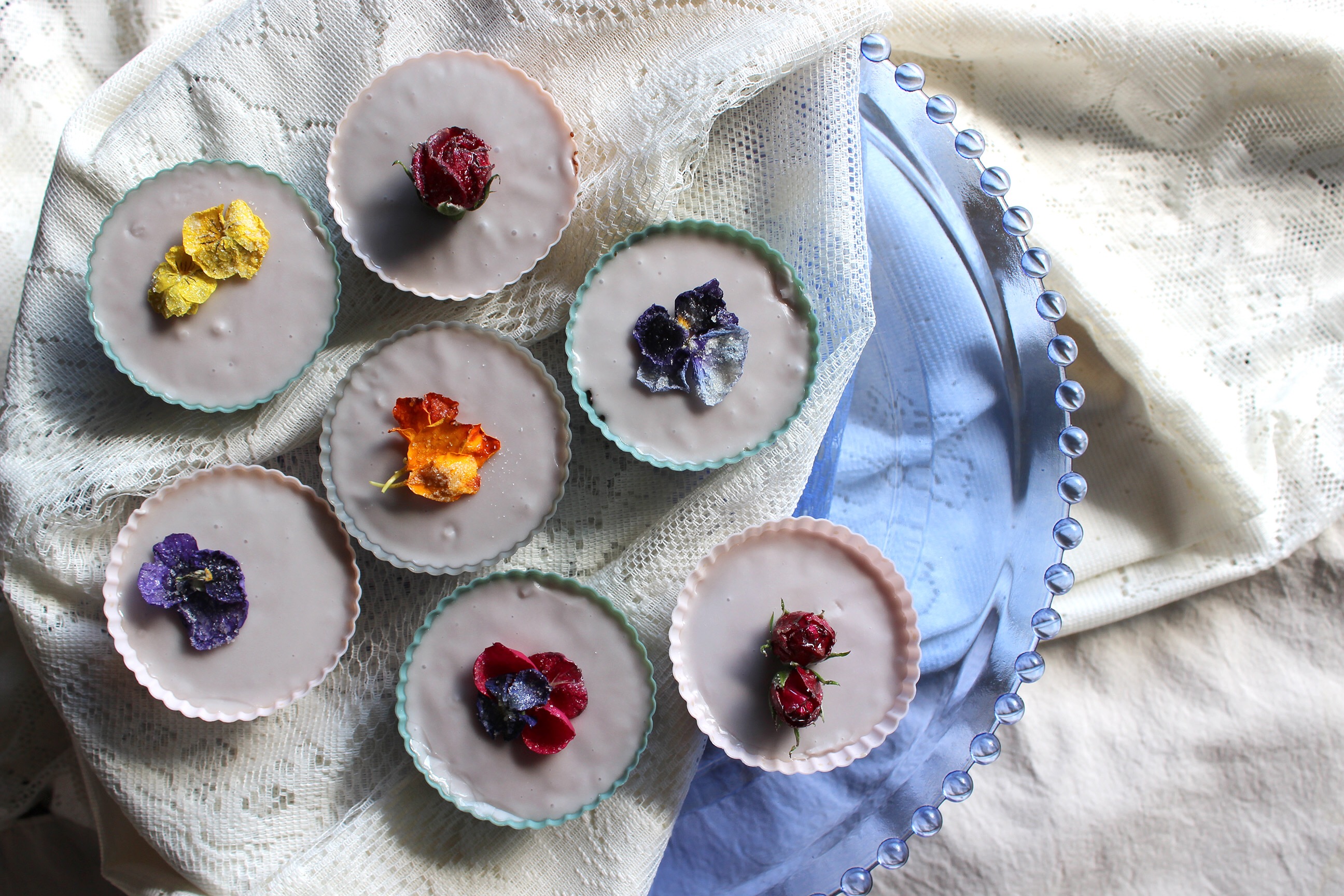
Whether working with a small space or a large plot, most gardeners like to plant flowers as well as vegetables. The blooms can attract pollinators, some can deter pests and all add beauty to your bounty.
However, those little pretties should do double duty. There are a quite a few edible flowers that can add a special something to your next meal.
First things first; you should only ingest flowers that you know are edible. Edible flowers can be found in the produce section near the herbs in some grocery stores. Consumers are advised to buy organically grown flowers to avoid ingesting pesticides. Those with allergies, particularly pollen, should use caution.
You can grow your own flowers organically, which the University of Alaska Fairbanks Cooperative Extension Service states in their guide to edible flowers is the safest way to procure them.
The flavors are often mild, but with all new foods, try a little bit first -- edible doesn’t always mean something is going to agree with your taste buds.
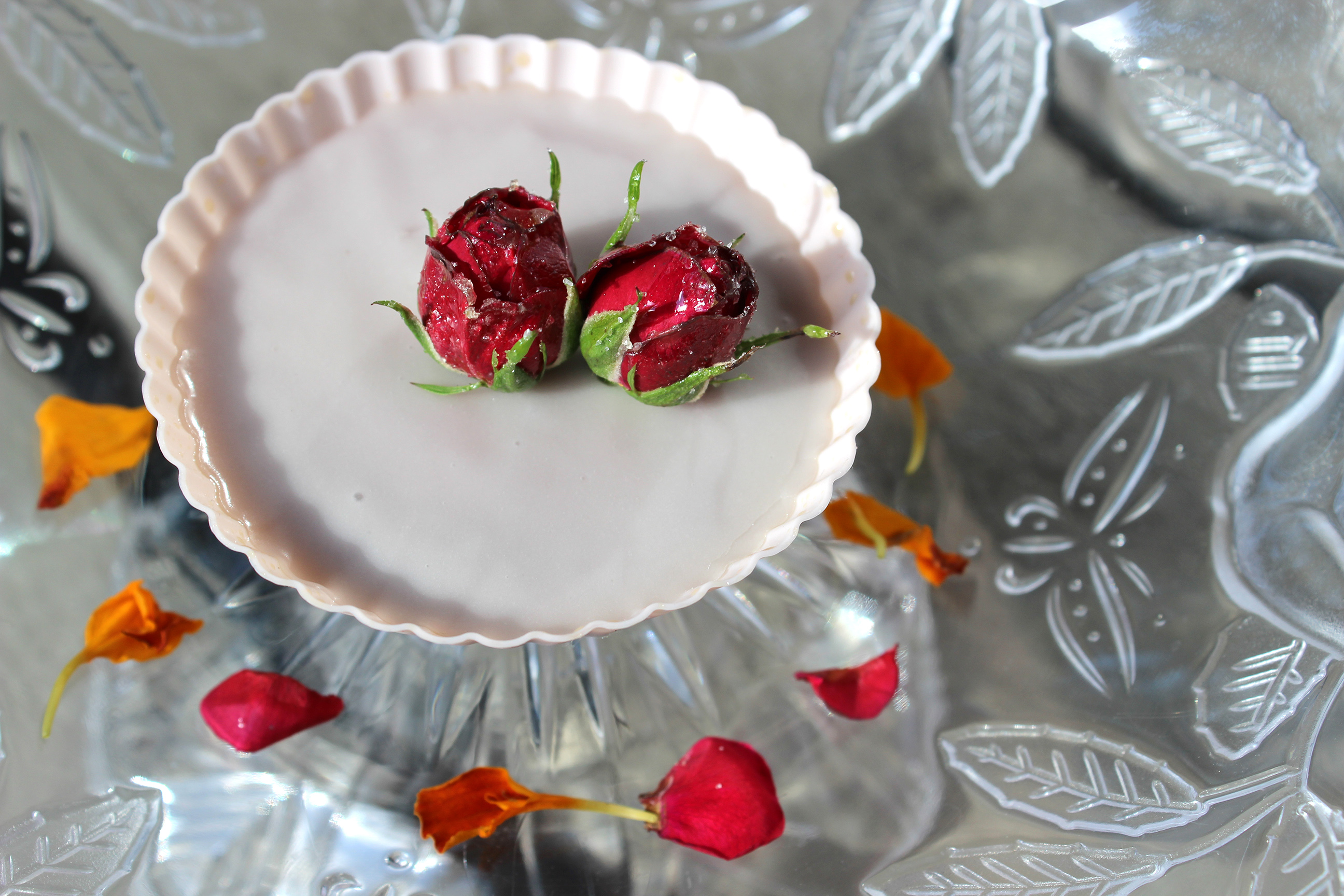
Roses are probably the best known edible bloom -- rose water, rose hips, rose jelly -- and for good reason. They have a delicate, sophisticated flavor that subtly adds a little something extra. In Alaska, we’re lucky to be able to forage wild roses. Last year, I stumbled across this blog post from Alaska Knit Nat with a fabulous and easy recipe for rose petal syrup.
Nasturtiums are used throughout the world’s restaurants for their peppery taste and variety of colors. According to the Cooperative Extension Service’s guide, nasturtiums are well-adjusted to growing in Alaska’s climate.
Pansies and violas are easy to grow and look amazing on a bed of fresh in-season greens. Try them candied on top of your next cake, pressed into cookies, or frozen in ice for your next party. They’d be just perfect in these grapefruit popsicles.
Some herbs will offer up flowers as well as their traditional fare. Rosemary and chives both blossom. Rosemary blooms make a wonderful simple syrup and chive blossoms can be used alone or popped into some vinegar, coaxing the strong flavor out of the pink bursts to make an infused vinegar that begs to be used in a vinaigrette or potato salad.
Related: Shrubs - A New Twist on an Old Tradition
Don’t discount weeds -- some, like dandelions, are edible and can be made into wine, bitters or tea.
Later this summer, we’ll have squash blossoms to fill with ricotta and herbs, then batter and fry. There are so many combinations to try.
Interested in cooking with edible flowers? Give these recipes a try!
Cheese Board with Edible Flowers
Sugar Cookies with Edible Flowers
Salmon with White Wine Saffron Reduction with Edible Flowers


